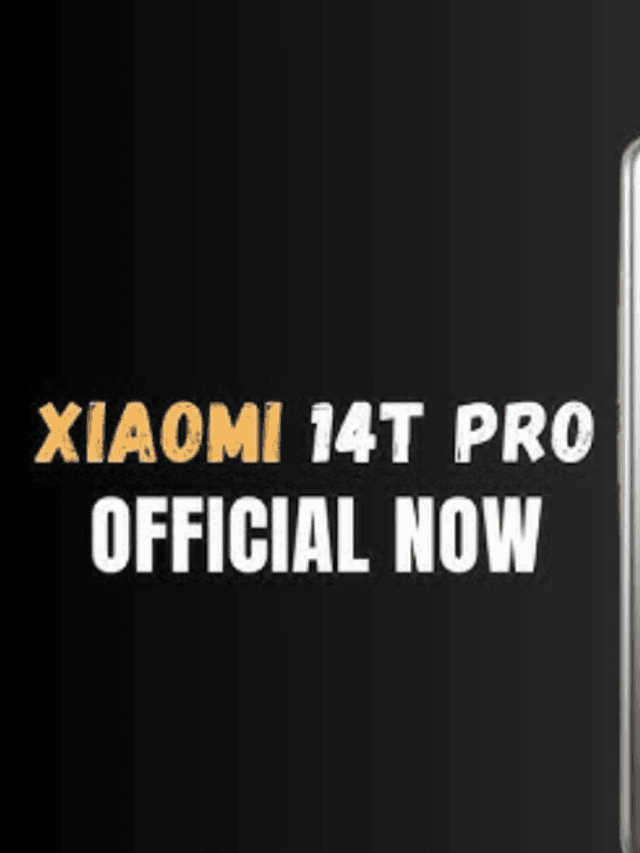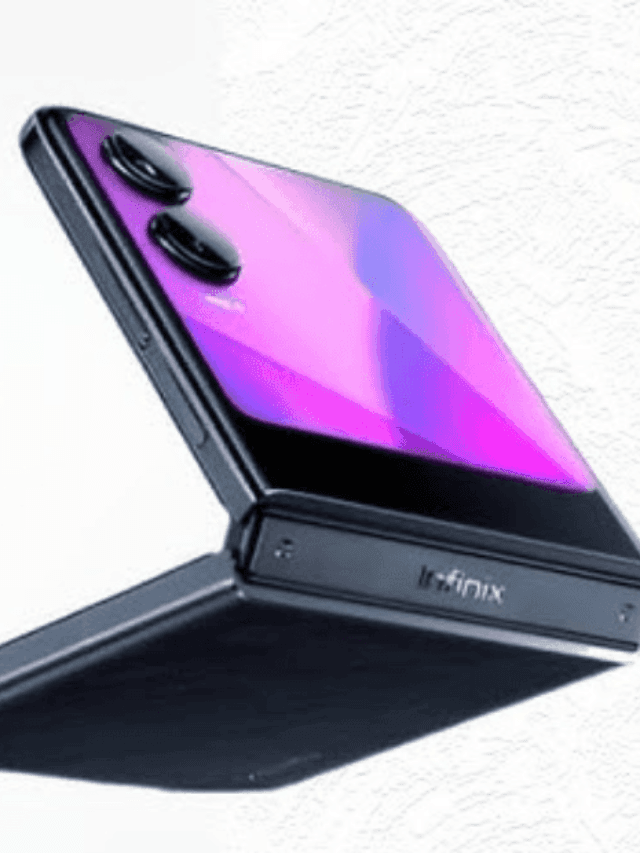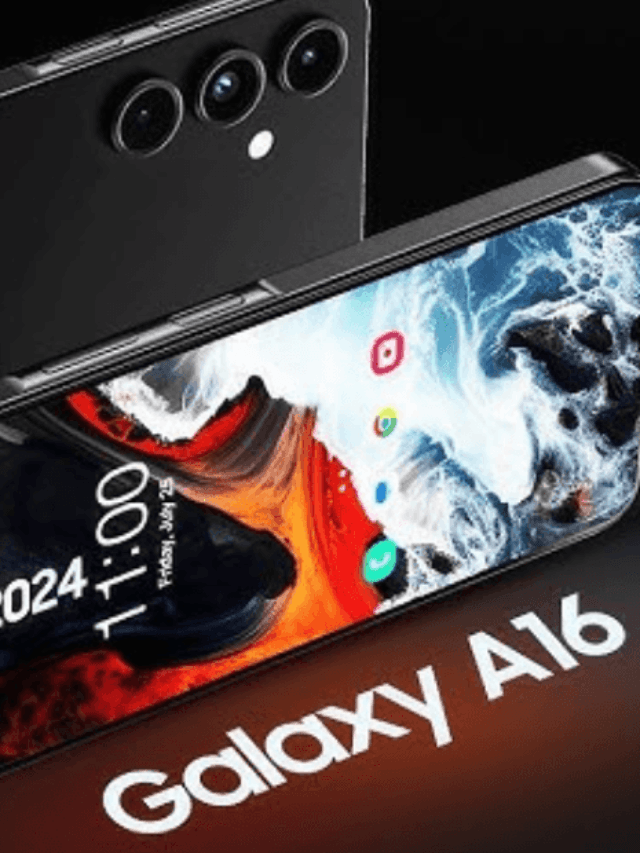Apple has been producing two standard iPhone 16 and two Pro iPhones every year for the past few years. In the past, base models received little updates to remain current, while Pro versions for “pro” users had all the bells and whistles that consumers yearned for. Apple took a totally different approach with the iPhone 16 series, giving the base iPhone 16 and iPhone 16 Plus several incremental improvements. They have improved greatly since then.
The A18 chipset has been extensively enhanced in the iPhone 16 and iPhone 16 Plus, which also have the Action Button, the Camera Control “button,” and Apple Intelligence readiness. Yes, they receive many of the capabilities seen on the iPhone 16 Pro versions, closing the gap that Apple had established a few years earlier.
Verdict

A number of Pro-grade features, like the Action Button, Camera Control button, sleek design, quicker charging, and (finally) Apple Intelligence, are packed into the incredibly small basic iPhone 16. To be honest, the bigger panels, better refresh rate, and telescopic camera on this year’s Pro model are the main reasons to upgrade. Other than that, the iPhone 16 is just functional.
Camera Control
We should discuss Camera Control before I go into more conventional topics like the iPhone 16’s performance, design, and cameras. I truly tried to enjoy the new button on the iPhones released this year. I did, truly. And therein lies the issue. When we are already used to using the camera in a variety of ways—tapping the camera app from the home screen, using the on-screen camera button on the lock screen, mapping the Action Button to open the camera, or just swiping left on the lock screen—Apple wants you to get used to using a new camera button.
Having used iPhones for a long time, I was used to these alternate methods, so I had to really push myself to remember that there is a new button on the right side to utilize the camera. The greater issue is that the Camera Capture button is now too picky, even once you remember it. We are talking about the current situation here; while Apple may simplify things in a later release.

There are several functionalities for Camera Control according on how you push it. While holding it down initiates video recording, pushing it all the way through takes a picture. When you lightly tap the screen, a haptic click appears and you may use a swipe to change the Zoom or Exposure settings. Toggle between these settings by pressing the light twice. Every time you use the button, the setting you have chosen—like Depth—becomes the default. This was difficult to me since I did not always require Exposure or Zoom at their default settings, and having to go back and choose a new option was tiresome. In general, utilizing Camera Control involves a learning curve for people who are patient, and there are many things to keep in mind.
Camera Control is positioned in a way that makes it obvious that it is intended for horizontal shooting rather than vertical, which is strange considering that many people—especially creators—use vertical images and videos in their social media posts. Even though you can easily open the camera app from your pocket with this button, I would normally use the on-screen shutter and other controls instead of going to the trouble of using Camera Control. Additionally, holding down the button would cause the gadget to shake and provide a hazy picture. I made an effort to like the button. I did, truly.
Design and display
When placed side by side, display up, the iPhone 16 and iPhone 15 are identical. The additional buttons on the sides and the orientation of the back camera are the sole distinguishing features. The rear camera arrangement of the iPhone 16 is vertical rather than diagonal as on the model that came before it. The Action Button is located on the left side, above the volume controls, and a flush strip is located on the right side, below the power button, for those who are paying careful attention.

The colors of the iPhone 16 can also be used to identify it. The basic iPhone 16 models now have more vivid and bright colors than the softer, more subdued hues of their predecessors. The colors pink, teal, and ultramarine stick out and are probably going to be well-liked by customers. Although the Black iPhone 16 is available for people who like more subdued colors, it will probably be protected by a case. We were given the White iPhone 16.
Speaking of covers, I recently purchased the Fuchsia silicone case from the Apple Store, which looks great with the White iPhone and costs Rs 4,900. For those on a more budget, I also looked at the translucent Beam MagSafe case from DailyObjects, which costs Rs 999. It has a pleasant grip and a smooth feel, however the metallic buttons on the edges may look a little fragile despite being tactile. The most recent version of the Ceramic Shield is included with the water and dust-resistant iPhone 16 and iPhone 16 Plus.
The age of the Ring/Silent flip switch comes to an end with the inclusion of the Action Button. I want to pause and acknowledge how easy it is to turn the switch to silent mode and back up to ringer. Although the Action Button still does this by default, you will need to utilize the Control Center’s on-screen feature to switch between ring and quiet modes if you remap it to activate a flashlight or magnifier.

The 6.1-inch Super Retina XDR display of the iPhone 16 is identical to that of its predecessor. It also has the same resolution of 2,556 x 1,179 pixels, 460 ppi, peak outdoor brightness of up to 2,000 nits, and (sadly) refresh rate of 60 Hz. Again, there is not an always-on display. The lowest brightness may now go as low as 1 nit, which is a terrific feature for people who enjoy browsing social media right before bed in the dark. The screen’s clarity, colors, and brightness in direct sunshine are all fantastic, if you can get beyond Apple’s insistence on employing a 60Hz display in 2024.
Camera
The iPhone 16 (and iPhone 16 Plus) has two back cameras, but it can shoot images in four different modes. The 48MP main “Fusion” camera produces images with double the optical quality. It is “optical-quality” in that, even without an optical zoom lens, you can get images that are almost as sharp as those obtained with one. The 2x zoom is useful for taking close-up photographs and performs rather well. In the meanwhile, you can capture close-up macro photos with the 12MP ultra-wide lens with focusing, something you could not do with the iPhone 15.
Over the past several weeks, I have spent a lot of time experimenting with the cameras, especially when I traveled to Phuket, Thailand, and I was really impressed with what the iPhone 16 could accomplish in daylight. Photographs are crisp and clear, but because Apple favors natural-looking colors, colors may appear a little subdued and less vivid. Photographic styles come in quite handy here, but more on that a little later. The iPhone 16’s rapid shutter and focusing enable you to take clear, blur-free pictures.
It is a good thing that the iPhone 16 has a smaller sensor than the Pro versions. In contrast to the iPhone 16 Pro (or even the 15 Pro), which tends to take brighter pictures, the iPhone 16 is able to keep some of the shadows in its images, giving them a more contrast-y appearance.
Using the ultra-wide lens for macro photography yields incredibly crisp and detailed close-up photos, which is why I like it so much.

Now that the iPhone 15 has been released, portraits are far more authentic. The iPhone 16 captures more realistic skin tones than the iPhone 15 Plus (review), as you can see in the comparison below. The sharpness of both phones is about equal, but the iPhone 16 has superior color rendering and clarity overall.
The iPhone 16 produces quite decent nighttime photos. When shooting in low light, the primary camera can capture crisp, detailed images without any audible noise, provided you do not pixel peep. Now, night mode tends to activate automatically pretty frequently due to the sensor’s lower size than what comes with the Pro versions. When it happens, you want to make sure you get a blur-free picture by holding the photo steady for a few seconds. I would turn off night mode in scenarios where there is a lot of movement. Lens flare, which occasionally appeared but was not as common on the Google Pixel 9, is one issue that is still very much present.
A few notes about movies and selfies before we move on to photographic styles. The entry-level iPhone 16 devices have a 4K 60 frames per second recorder. In the day, videos have an excellent dynamic range and color reproduction, and they are quite steady. With enough of light, the iPhone 16’s 12MP front camera, which it borrowed from its predecessor, produces consistently crisp selfies. As dusk draws near, selfies become less harsh.
Photographic Styles
With the iPhone 16, photographic styles receive a significant update. There were five basic tones available on the previous version, which was accessible until the iPhone 15 series: Standard, Rich Contrast, Vibrant, Warm, and Cool. Photographic Styles, the most recent version, comes with nine “Mood” options, including Vibrant, Natural, Luminous, Dramatic, Quiet, Cozy, Ethereal, Muted B&W, and Stark B&W, in addition to five new “Undertones” choices: Standard, Amber, Gold, Rose Gold, Neutral, and Cool Rose.
using every option, you also receive more detailed controls that enable you adjust the tone, color, and palette using an intensity slider and on-screen control pad. In short, before pressing the shutter, you may instantly modify the color, brightness, and contrast of a shot using these preset settings and slides. Hence, these options ensure that you have more control over the appearance of your images, which is beneficial if you felt that the iPhone photos were too processed. And it functions really well. As I previously stated, typical daylight photographs have subdued and drab color schemes. However, by experimenting with tone and color, one may create a strikingly distinct and visually appealing image.
It will take some time to figure out which setting or filter is best for a given scene using the new Photographic Styles, much as with the Camera Control button. Undertones are used to tweak skin tones to reach the ideal shade or hue, while mood settings are more akin to Instagram filters that alter the image’s complete color profile.
Performance, software, and Apple Intelligence
Although none of the new AI capabilities are pre-installed on any of the iPhone 16 models, they are all “developed for Apple Intelligence.” However, the fact that the A18 processor, which comes with 8GB of RAM, has been added to both the regular iPhone 16 and iPhone 16 Plus, is a major plus. Even while the increased RAM is required for upcoming Apple Intelligence capabilities, having all that more RAM still helps you perform better on daily chores that do not require AI. In benchmarks, the A18 SoC outperformed phones with MediaTek Dimensity 9300, Tensor G4, and Exynos 2400 processors in the category.
To sum up, the A18 chipset with 8GB RAM easily completes daily duties without causing any problems. The 3nm processor uses a very little amount of power when doing common operations like social media surfing and messaging. The A18 processor is built to perform more complex processing, particularly AI-related jobs, but its full potential will not be shown until Apple Intelligence is released.
The lack of Apple Intelligence, the one function the newest iPhones were designed to have, is a very sad development. The initial set of Apple Intelligence capabilities will not be available until the stable iOS 18.1 version, with more features to be released in 2025.

During setup, iOS 18 can be updated to the iPhone 16. I was able to test Apple Intelligence on the iPhone 15 Pro Max running iOS 18.1 public beta, despite not being able to do so on the device itself. I had the opportunity to test new features like Writing Tools, which appear when you mark text in native Apple applications like Notes and Safari. You can proofread, edit, summarize, and do a lot more using Writing Tools, and it performs rather well. Another feature I enjoyed was the ability to make a brief synopsis of many alerts from apps like Gmail or WhatsApp using summary notifications. It performed admirably for Gmail but not so well for WhatsApp.
More customization options are available for the iPhone with iOS 18. The most significant update is found in the Control Center, where you may add more controls—including those from third-party apps—and organize them as you see fit. Two more pages, one for an Apple Music card and the other for network settings, are added to Control Center for you to swipe through. I hardly noticed that I was browsing through the Control Center’s first page. Deeper customizations are also made to the Home Screen, enabling you to move widgets and modify the icons’ and themes’ colors to dark or tinted variations.
Battery
The iPhone 15 Plus’s battery life last year astounded me. I got around 6 hours of screen time a day, every day of the year, and it provided me between 6 and 7 hours. Even though I understood I would not receive the same Plus-sized battery life while switching to the standard iPhone 16, I was nonetheless happy with the outcome. After prolonged use, the iPhone 16 gave me five to six hours of screen time, and at the end of the day, my battery was only twenty to thirty percent charged. The phone’s exceptional standby life allows it to easily go through the day and into the next on days with lower usage. There is little question that the iPhone 16 Plus will have even longer battery life. It will be fascinating to observe how future developments in Apple Intelligence impact battery life.

Though not much, Apple has discreetly enhanced quick charging on its most recent iPhone models. It is true that Apple claims the iPhone 16 can charge to 50% capacity in just thirty minutes. Regardless of your battery optimization choices, the charging pace tends to decrease after achieving 80 percent charge. Using Apple’s 30W MacBook charger, it took us about 80 minutes to charge the device from 20% to 100%.
Setting the charging limit to 80 or 90 percent is a smart pro tip for maintaining battery health (iOS 18 provides you additional charging limit options). By doing this, you may be confident that the battery will not deteriorate even if you charge it all night. After a year, my iPhone 15 Plus’s battery health had decreased to barely 97%.
Final verdict
The answer is definitely yes if you have been using an earlier, less sophisticated iPhone for a few years and are thinking if upgrading to the iPhone 16 is the appropriate move. This year’s iPhone 16 (and iPhone 16 Plus) include a plethora of improvements that close the gap between them and the Pro versions. The Action Button, a much speedier A18 chipset, a fussy Camera Control button, and (finally) Apple Intelligence are now features of the basic models. When you consider the gorgeous color options, the iPhone 16 becomes an extremely compelling proposition.
If you currently own an iPhone 15, you might want to hold off on upgrading till the following model. Still, it is simple to suggest the iPhone 16 to older iPhone owners. Having said that, you might want to pass on the iPhone 16 if the Camera Control button is a major factor in your decision to upgrade. Since the function is still under development, it could be wiser to wait for Apple to make improvements before making the move.
Also Read |Official iQOO Z9 Turbo+ Best design unveiled ahead of China launch
Also Read |Apple Watch Series 10 Launched: What Indian Buyers Should Know
Also Read |What’s New in the Leaked Galaxy Z Fold 6 FE Image? Here’s a Breakdown
Disclaimer : The Price & Specs May Be Different From Actual. Please confirm with the retailer before ordering.
IMPORTANT: Please always check and confirm the above details with the official notification / website.










